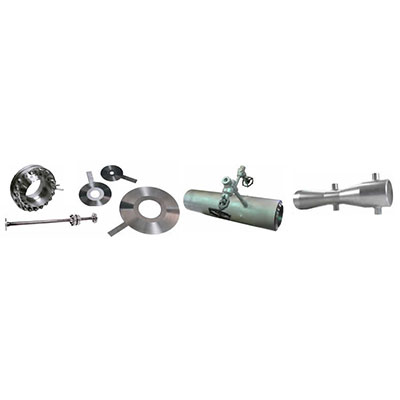Wyatt Series OFP Orifice Plate Assembly Primary Flow Elements
More Information
INS-DS-0032 Orifice Plate OFP
INS-DS-0057 Wyatt Orifice
Fireye Phoenix 85UVF_85IRF Series (CU-119)
Australia Tel: +61 (0)2 9428 7300
Indonesia Tel: +62 21 3040 4422
New Zealand Tel: +64 (0)7 850 2610
South Africa Tel: +27 (0)10 900 2055
Description
Wyatt Engineering orifice plates, flanges, and metering runs from HMA Instrumentation are used in a variety of applications where extremes of pressure and temperature or the aggressive nature of the fluid being metered render other metering technologies unfeasible.
Due to their reliability, low cost and ease of installation, Wyatt orifice products from HMA Instrumentation are used commonly as the differential pressure device for the measurement of the flow of fluids, especially for clear water, steam, air and most gases. Common installations include natural gas transmission, chemical and pharmaceutical processing, power generation, refinery and petrochemical
Differential producers, specifically orifice plates, are used in flow measurement due to their simplicity, ease of installation, tolerance to extreme atmospheric and process conditions, and predictable and reliable performance.
Orifice plates are the most common method of differential pressure flow measurement and are used in various industries, particularly in the hydrocarbon market. Due to their long history and dominance in the field of flow measurement, orifice plate designs and installation requirements have been well documented by national and international standards organizations.
Wyatt Engineering also provides application guidance to support the proper use of its equipment: Whether to use flange taps, corner taps, or pipe taps; whether a metering run with a flow straightener is necessary; whether to use a quadrant edge plate, or is another metering technology is required. Unlike most providers of orifice products, Wyatt Engineering has extensive flow calibration data that reflects experience and depth of knowledge. Industry, national and international codes can provide guidance to manufacturers, but only successful test results can assure the flow measurement results that are necessary in today’s market.



